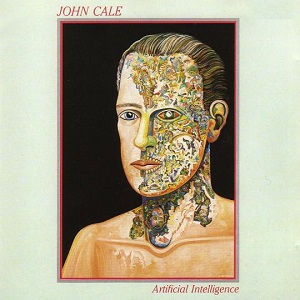A few months back I came across this theory online. There is the law of entropy. Things move from a high energy state to a low energy state. There is this dispersion. If you add a living being to the process, entropy is faster. And so, life is just something nature has come up with to speed up entropy.
I thought that was amazing. Not just life, but matter and energy are amazing too. Life is amazing, compared to what? It is not like life is this amazing thing in this ocean of not-amazingness. Not true. Life is special, but then so is gravity. Does it not blow your mind as to why the earth goes round the sun? That is not life. That is just gravity.
I think life is as abundant in the universe as stars. Just like once we thought earth was the center of the universe, we think we are the only ones alive in the universe.
Life is just one of the forces of nature.










































